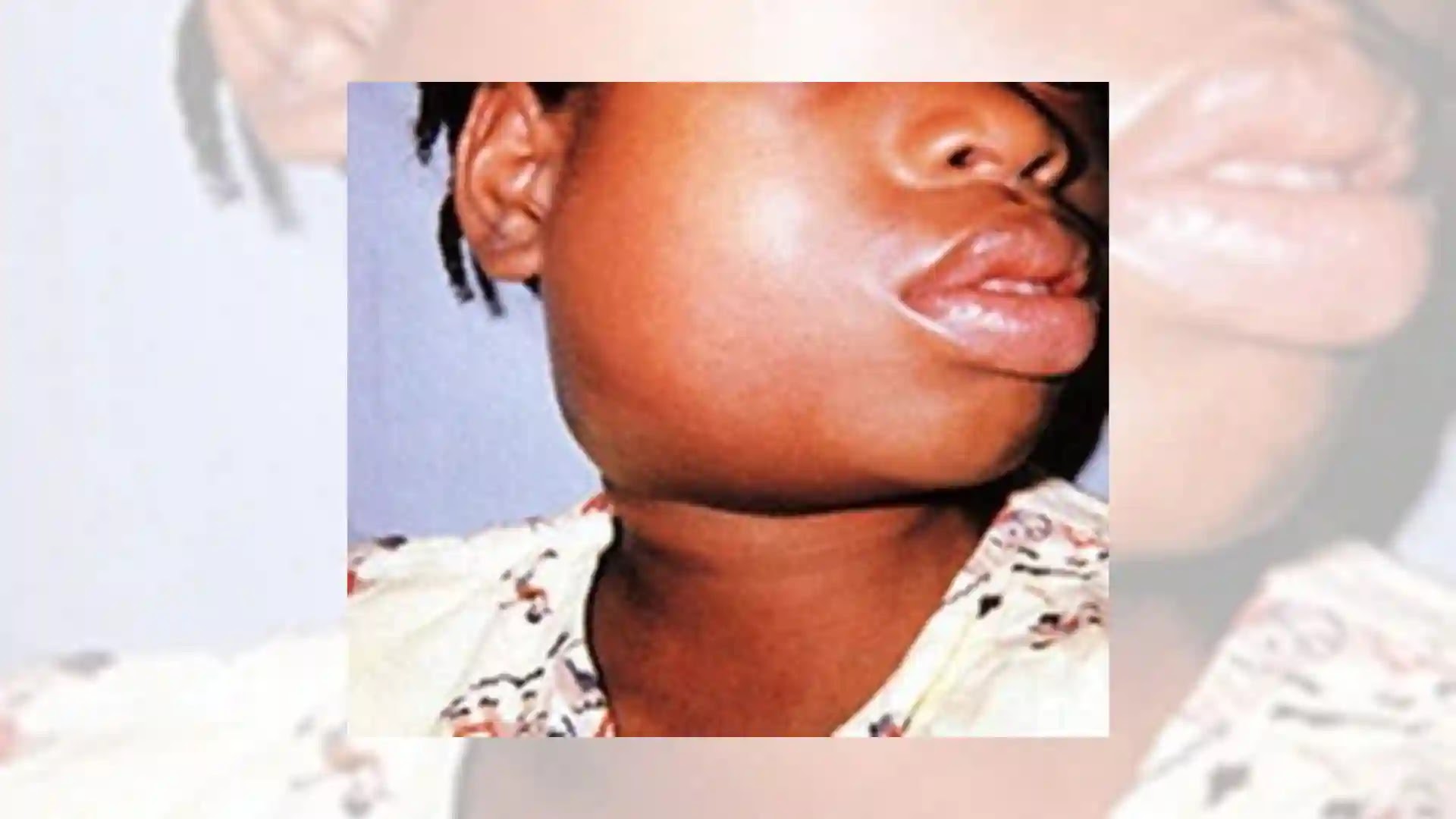TAFADZWA MAKONDO
City of Harare’s Director of Health Services, Dr. Prosper Chonzi, has officially declared an outbreak of Mumps (Mahumunya) in the capital. The outbreak has been observed for the past two weeks. The city has issued an alert, urging parents to closely monitor their children and bring them to city health clinics if any symptoms are noticed.
In a notice addressed to community members, residents’ associations, stakeholders, and partners, Dr. Chonzi requests the assistance of all citizens in spreading the message and mobilizing affected individuals to visit council health centres.
The signs of Mumps include fever, swelling of salivary glands, pain while chewing or swallowing, general body weakness, and swelling of testicles in boys.
(Contact details for further inquiries are provided.) The letter concludes with City of Harare’s vision to achieve a world-class city status by 2025. Chonzi said:
Harare Metropolitan Province has reported Mumps (Mahumunya) cases in our health centres and community (schools). We, therefore, request through your wider networks to communicate with parents and guardians referencing this letter to mobilise them to bring forward all children and adults who got infected or are currently infected with mumps to visit their council health centres and cite this letter to their health care providers.
Senegal is the top country by mumps cases in the world. As of 2022, mumps cases in Senegal were 125,256—that accounts for 33.89% of the world's mumps cases.
The top 5 countries (others are China, Zambia, Ghana, and Madagascar) account for 87.54% of it.
The world's total mumps cases was estimated at 369,582 in 2023.
Mumps is a contagious viral illness for which humans are the only natural host. Clinical features are that mumps is transmitted either through droplet spread or direct contact with the saliva of an infected person.
The incubation period is 15 to 24 days. Patients are considered to be contagious from two days before to five days after the onset of parotitis.
About one-third of infections are asymptomatic. Mumps is known as an important vaccine-preventable childhood viral disease . The clinical pictures of mumps virus (MuV) infection is characterized by pain and swelling of the parotid glands, but can involve various other tissues and organs. It can cause serious complications including encephalitis, meningitis, orchitis, myocarditis, pancreatitis, and nephritis.
Although mumps is a benign disease, often with complete recovery within a few weeks after being infected, long-term outcomes, such as seizures, cranial nerve palsies, hydrocephalus, and deafness, can occur.
Due to its benign clinical picture, mumps has been somewhat neglected compared with other infectious diseases (e.g., measles). However, in 2016 and 2017, the number of cases of mumps increased almost two-times compared to those reported in the previous five years in Zambia
Additionally, in recent years, several huge outbreaks of the mumps infection have been reported in developed countries. Previous reports showed that 70% of patients with known vaccination history had received two doses of measles, mumps, and rubella (MMR) vaccine prior to illness.
Compared to mumps, cases of measles and rubella rarely occur in person with two doses of MMR vaccine, suggesting some factors of mumps vaccine influences its effectiveness. Therefore, understanding the characteristics of MuV epidemiology, pathogenesis, and vaccine is important to protect against the spread of MuV infection.
Parotitis is the hallmark of mumps, occurring in 95% of patients with symptomatic disease, and is bilateral in most cases.3 It typically begins unilaterally, with involvement of the contralateral parotid gland within several days.
Other salivary glands are less commonly affected. Most patients have a brief prodrome of fever, malaise, anorexia and headache before the onset of parotitis.3 Our patient’s illness began with fever and painful bilateral neck swelling, which had resolved by the time of our assessment.
With microbiologic confirmation of mumps, it is likely that the patient was experiencing parotitis. However, it is possible that he was experiencing submandibular sialadenitis, which may mimic anterior cervical lymphadenopathy.
For further clarification or details please contact the undersigned Health Services Director or Dr. M. Vere (Epidemiologist) 0788 841 542 or Mr. I. P. Makwara (Principal Health Promotion Officer) 0775 633 472 or Matron P. Chitando (Nurse Manager) on 0772 335 839. Mumps outbreak













.jpg)








.jpg)
0 Comments